Chronic spontaneous urticaria
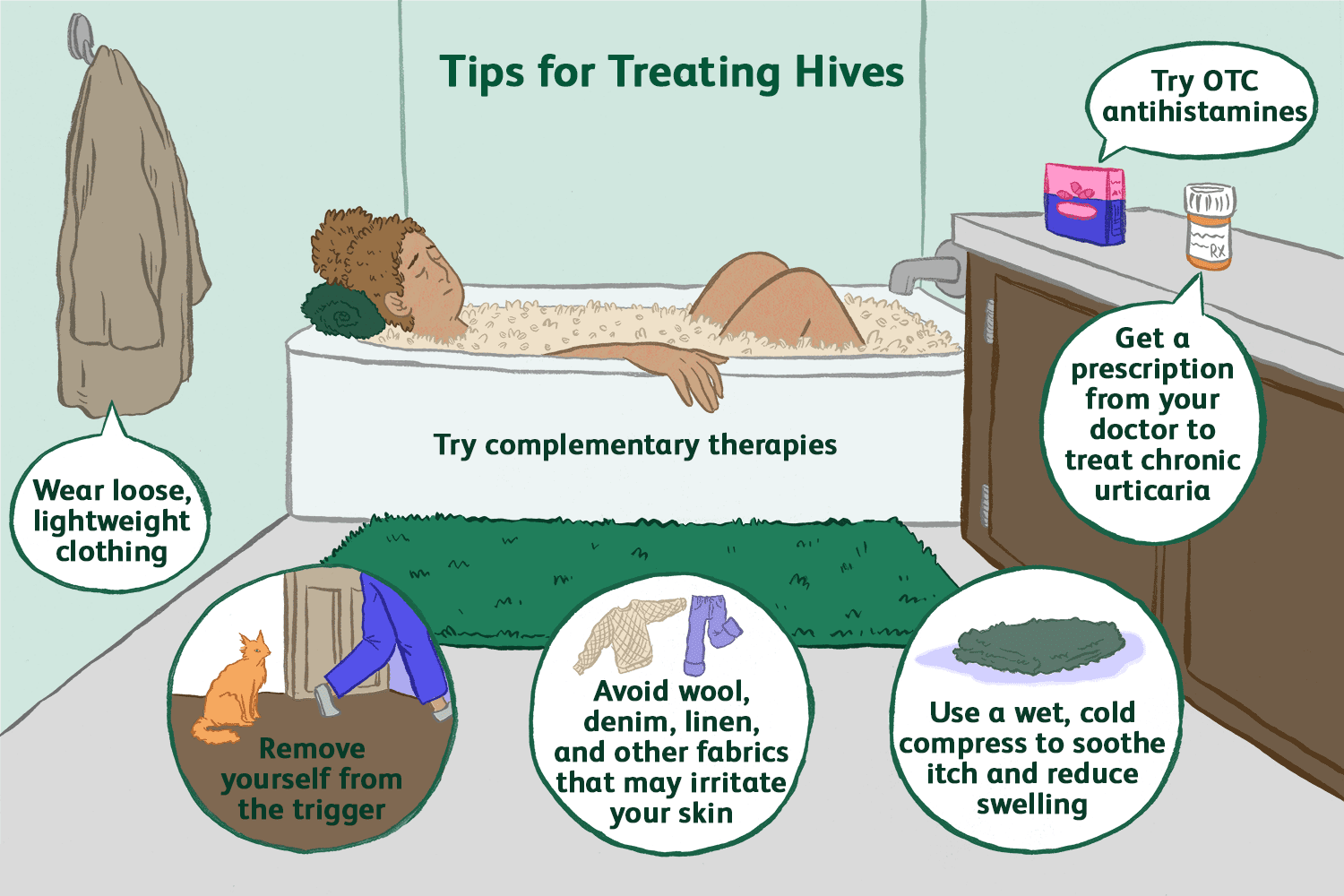
Chronic spontaneous urticaria after Long-COVID
The COVID-19 pandemic decisively disturbs medical services for patients with persistent infections including chronic spontaneous urticaria (CSU). It is unknown in the event of the impacts of the pandemic in CSU are not the same as for other chronic illnesses. We additionally don't have any idea, whether various CSU patients, for instance female and male patients, are impacted suddenly.
The vast majority with skin conditions are no more in danger of getting COVID than any other person. Stress and stress can aggravate some skin. It means quite a bit to keep on treating your skin condition.
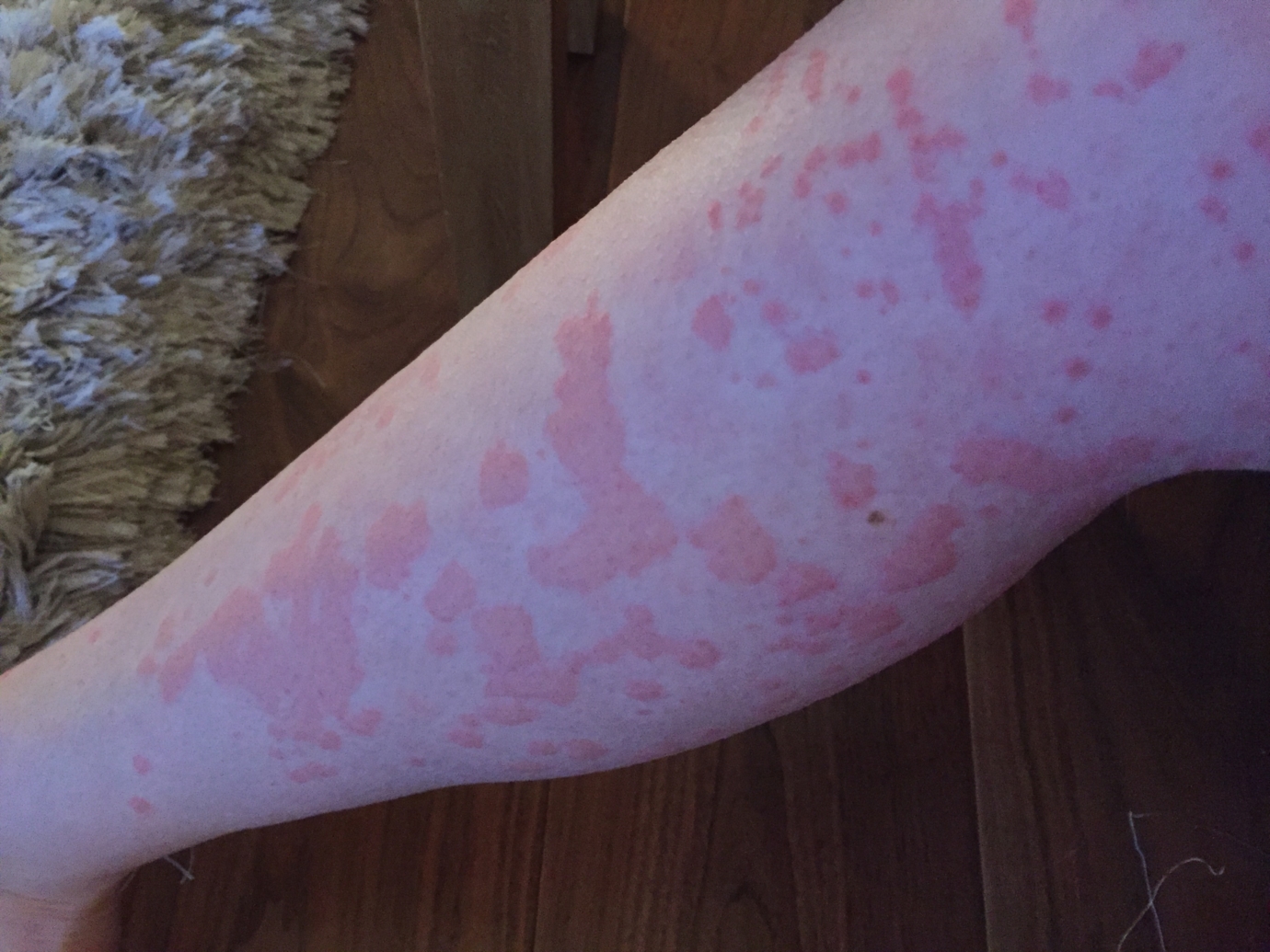
Effect of COVID on Your Skin
Skin conditions are extremely normal in ordinary times, with around half of individuals having a skin issue consistently. Many skin issues have been found in individuals with COVID however some happen all the more now and again, which include:
- COVID Digits: These are delicate swellings on the fingers and toes which might be purple in those with lighter skin or a somewhat hazier appearance/brown/dark in those with darker skin. They seem to be chilblains and are more normal in more youthful individuals. The regions heal gradually after COVID has disappeared, with the stripping of the skin. Painkillers, for example, paracetamol might be useful.
- Sores or ulcers: These may appear on the lips and mouth after COVID. This normally settles in 2 weeks or less. This might be helped by clean mouthwashes.
- Rash: An extremely irritating broad rash with small knots and rankles like thorny intensity can happen in COVID, either during the disease or weeks a while later. This can keep going for quite a long time after the contamination settles. If inconvenient, treatment with lotions (emollients) and skin steroid creams can help.
- Urticaria: Coronavirus can set off an extremely bothersome inescapable rash alluded to as urticaria. This is here and there called annoy rash or hives and shows up unexpectedly as smooth raised regions ('wheals') on the skin which can go back and forth rapidly over hours. This can come up right off the bat in the COVID disease yet can keep going for quite a long time subsequently. Allergy medicine tablets from a scientific expert can assist with the tingle.
- Pityriasis rosea: This is a rash on the trunk (body), which can be set off by other infections, as has been seen in COVID. This beginnings with a solitary, huge red fix, followed a couple of days after the fact by numerous more modest red/darker patches on the trunk, which are not typically excessively irritated. In darker skin, the patches can be darker, brown, or dark. This rash disappears without help from anyone else following a while without treatment.
- Viral Exanthem: Numerous infections, including COVID, produce a somewhat bothersome far and wide impulsive. This can be knotty and level, red in individuals with lighter skin and brown/dark in darker skin. It generally heals following a week or so with the stripping of the skin, similar to that seen after a sun-related burn. Lotions and skin steroid creams can assist with the tingle.
- Pediatric inflammatory multisystem syndrome: This is a viral widespread rash that occurs rarely among kids called PIMS (pediatric provocative multisystem disorder). Kids with this rash will be ineffective with a high fever and may have different side effects, like sluggishness, enlarged hands and feet, migraine, red eyes, throbbing painfulness, loose bowels, and spewing.
- Purpura: Purple (or darker/brown/dark), delicate uneven regions anyplace on the skin called purpura can happen in COVID. These regions are because of draining in the skin and don't change variety when they are squeezed. On the off chance that purpura shows up abruptly in someone with a fever, look for dire clinical counsel as this can be an indication of other difficult circumstances like meningitis or sepsis.
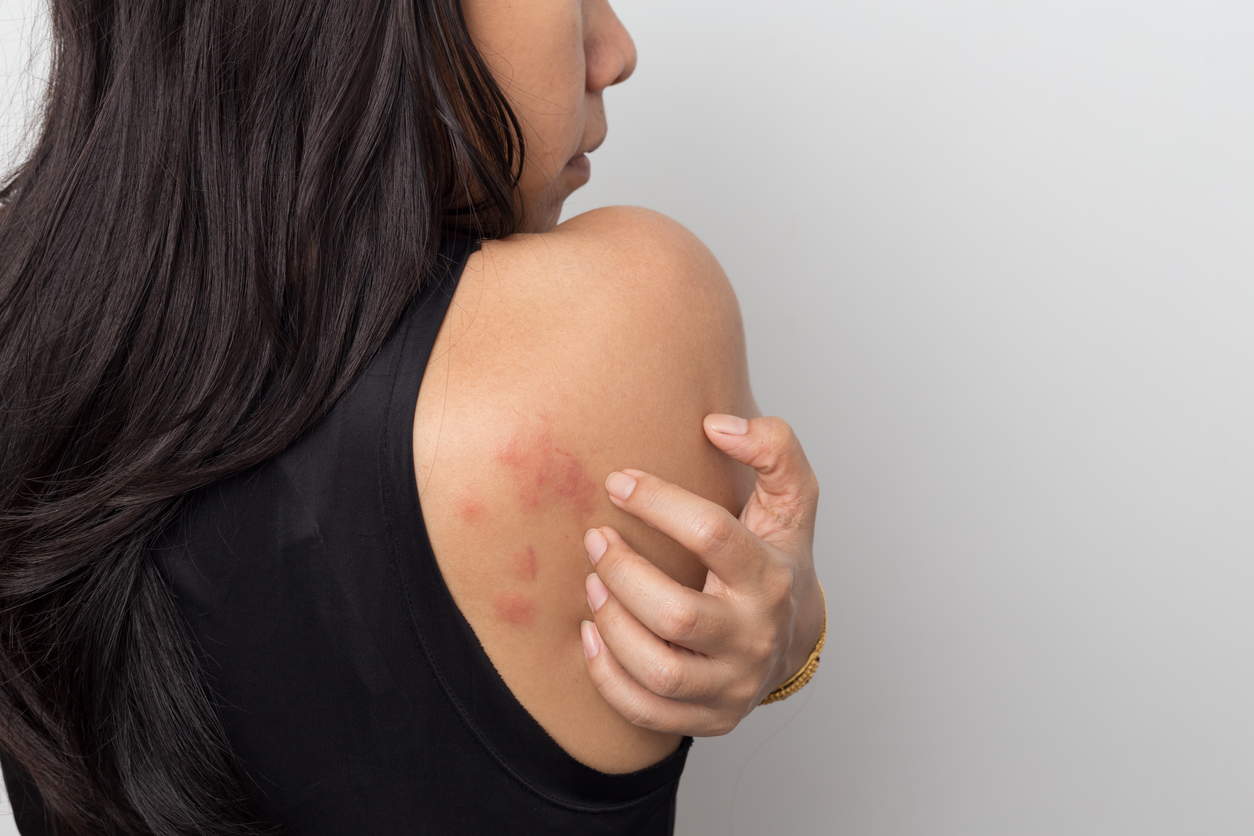
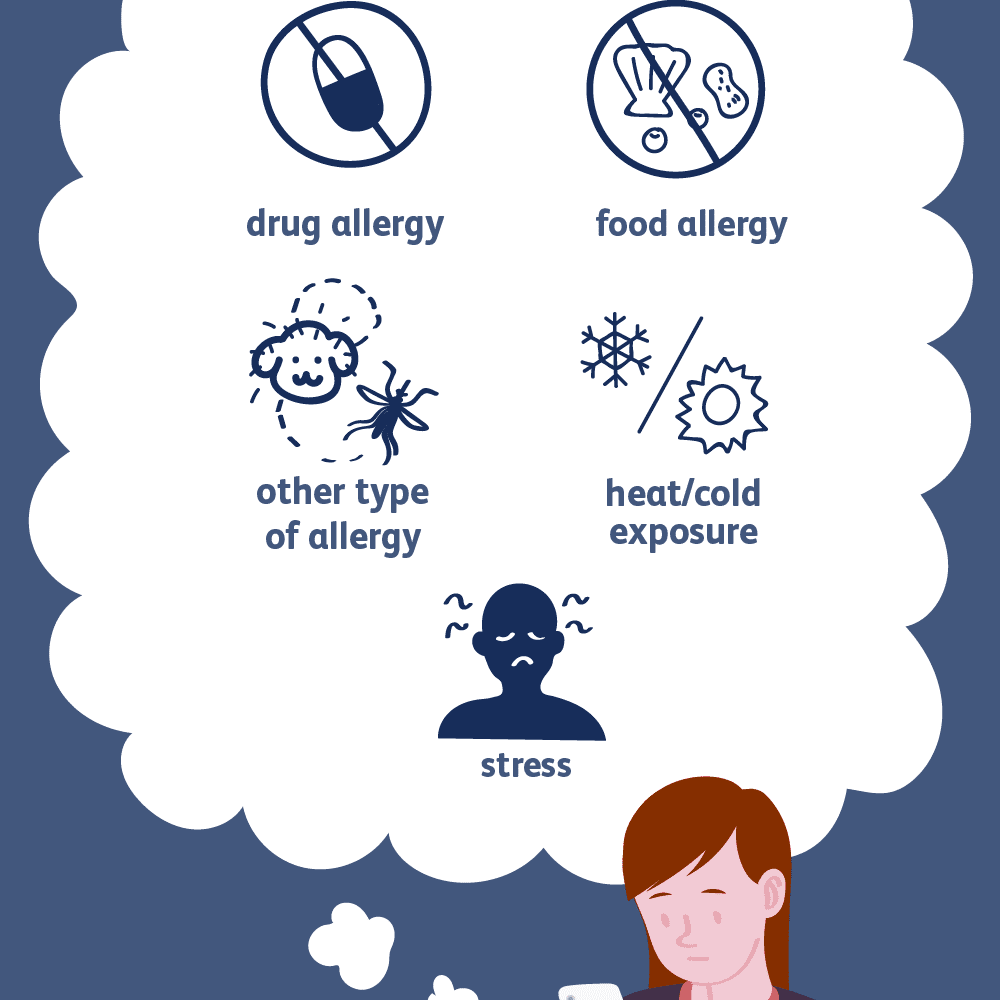
What is chronic spontaneous urticaria?
Chronic spontaneous urticaria (CSU) can cause you to feel irritated and awkward. It causes hives that travel every which way startlingly. Around 20% of individuals get hives - bothersome red or skin-shaded welts otherwise called urticaria. They're many times made by a hypersensitive response to a food or medication. Typically, they disappear rapidly.
For few people, however, hives return repeatedly, for no known reason. At the point when new flare-ups happen pretty much consistently for a very long time or more, it's called chronic idiopathic urticaria (CIU) or chronic spontaneous urticaria (CSU).
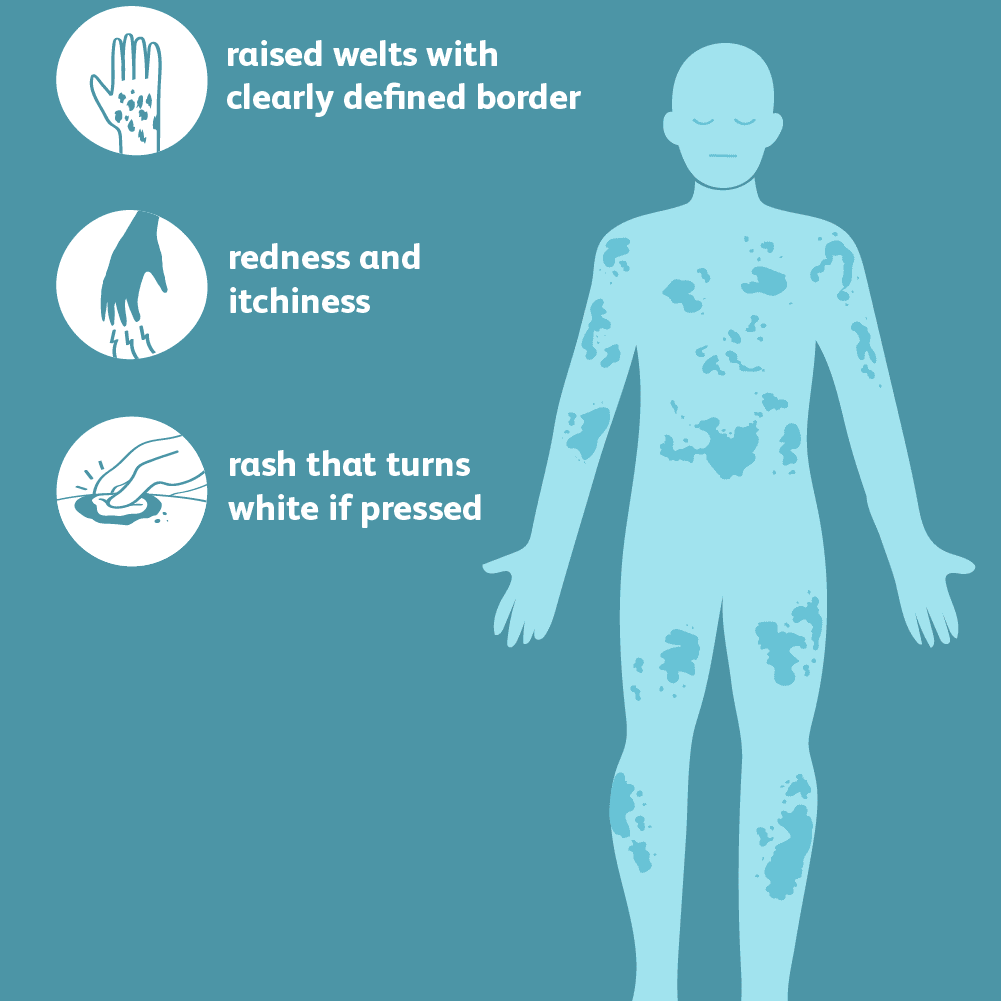
What does Chronic Spontaneous Urticaria look and feel like?
Hives are raised, red, irritated knocks or welts on your skin. They might be huge or little. The region could be warm to the touch. CSU is otherwise called chronic idiopathic urticaria (CIU). It gives you hives that can appear anyplace on your body. You might see that specific region are more impacted than others. With CSU, hives ordinarily last between 30 minutes and 24 hours. They might go back and forth. This cycle could happen frequently.
With serious or dependable CSU, you can have different side effects like migraine; weakness; joint pain or expansion; unexpected blushing of your face, neck, or upper chest; wheezing; stomach side effects like the runs; or a quick heartbeat. Once in a while with CSU, you might get angioedema, or enlarging, with the hives. You might see enlarging in your lips, cheeks, around your eyes, arms, legs, or privates. You could likewise have deadness or shivering.
How Is Chronic Spontaneous Urticaria Treated?
The initial step is to get familiar with your triggers and keep away from them whenever the situation allows. Whenever hives spring up, you can attempt a non-sleepy oral allergy medicine like cetirizine, fexofenadine, or loratadine. Around evening time, you could utilize a quieting allergy medicine like cyproheptadine, diphenhydramine, doxepin, or hydroxyzine.
We frequently utilize high-portion oral allergy medicines. Yet, for everything to fall into place, the medicine should be sufficient, the measurements should be sufficiently high, and you want to take it for an adequately long timeframe. On the off chance that those aren't sufficient, your primary care physician might suggest a series of steroids followed by allergy medicines.
Your primary care physician could likewise suggest different prescriptions that have been found to assist certain individuals with CSU, similar to acid neutralizer pills, mitigating anti-microbials, or biologics.
Outlook
During the SARS-CoV-2 pandemic, different rashes related to COVID-19 disease have been accounted for, including urticaria. Urticaria is a restricted and typically harmless condition, introduced as pruritic wheals, regardless of edema. While in most cases CSU resolves within half a month with no particular treatment, in some cases CSU can keep going for a long time or longer. The objective of treatment is to decrease or smother itch and hives while limiting side effects.
If you or anyone you know is suffering from the effects of Covid-19, our expert providers at Post Covid Centers will take care of your health and help you recover.
Call us on (469) 545-9983 to book a telehealth appointment for a home check-up.
People Also Read:
Post Covid Syndrome vs. Fatigue
While COVID-19 is a short-lived disease in most people, others experien...
Post Covid Syndrome vs. Skin Weakness Problems
A new study illustrates that some patients with COVID-19 disease have continuous skin-associated symptoms...
RELATED BLOGS
